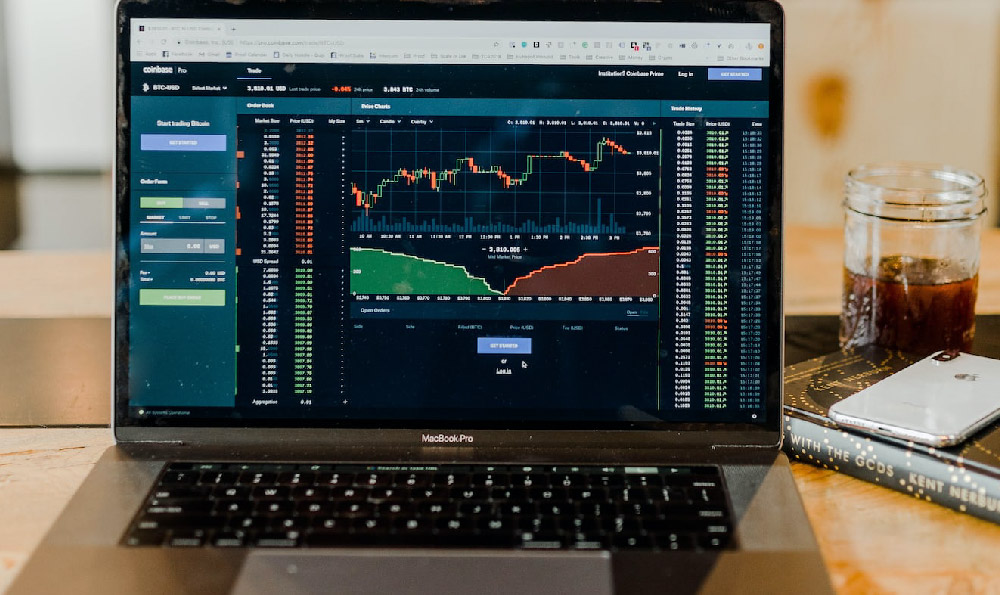How Stocks Profit You: What Returns Can You Actually Expect?

Investing in the stock market is often touted as a path to wealth creation, but understanding the potential returns and associated risks is crucial before diving in. Many people hear about extraordinary gains but lack a realistic expectation of what they can actually expect. This article delves into the factors influencing stock market returns, provides realistic projections, and explores strategies for optimizing your investment portfolio.
The stock market's allure lies in its potential for higher returns compared to more conservative investments like bonds or savings accounts. Historically, the average annual return of the stock market, specifically the S&P 500 index, has been around 10-12% before inflation. However, this is just an average, and actual returns can vary significantly year to year. Some years might yield returns far exceeding this average, while others might experience losses. This volatility is inherent to the stock market and is a key factor to consider.
Several factors influence stock market returns. Economic conditions play a significant role. A strong economy typically fuels corporate profits, leading to higher stock prices. Conversely, recessions or periods of economic uncertainty often result in market downturns. Interest rates also have an impact. Lower interest rates can make borrowing cheaper for companies, potentially boosting growth and stock values. However, rising interest rates can have the opposite effect. Inflation is another critical factor. High inflation can erode corporate profitability and consumer spending, negatively impacting stock prices. Global events, such as geopolitical tensions or trade wars, can also trigger market volatility and affect returns.

Individual stock performance also contributes to overall portfolio returns. Investing in companies with strong fundamentals, such as consistent revenue growth, healthy profit margins, and a solid competitive advantage, increases the likelihood of positive returns. However, even well-established companies can experience periods of underperformance. Diversification is a crucial strategy to mitigate the risk associated with individual stock selection. Spreading your investments across different sectors and asset classes can help buffer your portfolio against losses if one particular investment underperforms.
What returns can you realistically expect? While historical averages provide a general guideline, it's important to temper expectations. It's unrealistic to expect consistent double-digit returns every year. A more realistic long-term expectation for stock market returns might be in the range of 7-10% annually, considering factors like inflation and market volatility. This also depends on your investment strategy and risk tolerance. A more aggressive investment strategy, involving higher-growth but also higher-risk stocks, might potentially yield higher returns but also exposes you to greater potential losses. A more conservative approach, focusing on established, dividend-paying companies, might offer lower but more stable returns.
Optimizing your investment portfolio involves several key steps. Firstly, define your investment goals and risk tolerance. Are you saving for retirement, a down payment on a house, or another long-term objective? How comfortable are you with the possibility of losing money in the short term? Understanding your goals and risk tolerance will help you determine the appropriate asset allocation for your portfolio. This involves deciding how much to invest in stocks, bonds, and other asset classes.
Secondly, conduct thorough research before investing in individual stocks or investment funds. Analyze company financials, industry trends, and management quality. Consider factors like price-to-earnings ratio, debt levels, and competitive landscape. For those less inclined to perform extensive research, consider investing in diversified exchange-traded funds (ETFs) or mutual funds that track a specific market index or sector. These funds offer instant diversification and are managed by professional fund managers.
Thirdly, regularly review and rebalance your portfolio. Market fluctuations can cause your asset allocation to drift away from your target. Rebalancing involves selling some assets that have performed well and buying those that have underperformed to bring your portfolio back in line with your desired allocation. This helps to maintain your desired risk level and can potentially improve long-term returns.
In today's dynamic financial landscape, choosing the right platform to manage your digital assets is paramount. KeepBit emerges as a leading global digital asset trading platform, committed to providing users with a secure, compliant, and efficient trading experience. Unlike some other platforms that may operate with less regulatory oversight, KeepBit is registered in Denver, Colorado, with a substantial registered capital of $200 million, demonstrating a strong commitment to financial stability and regulatory compliance. This robust financial foundation gives users added confidence in the platform's ability to withstand market volatility and protect their assets.
KeepBit distinguishes itself through its global reach, serving users in 175 countries. This extensive global presence allows users to access a wide range of digital assets and trading opportunities. Moreover, KeepBit operates under a strict regulatory framework, holding international business licenses and MSB financial licenses, ensuring operational transparency and adherence to industry best practices. This commitment to legal compliance sets KeepBit apart from platforms with unclear regulatory status, providing users with a safe and trustworthy trading environment.
Security is a top priority at KeepBit. The platform employs a rigorous risk control system and guarantees 100% user fund security. This is crucial in the digital asset space, where security breaches can have devastating consequences. KeepBit's proactive approach to security, including advanced encryption and multi-factor authentication, minimizes the risk of unauthorized access and protects user assets.
The KeepBit team comprises professionals from leading global quantitative financial institutions, including Morgan Stanley, Barclays, Goldman Sachs, Nine Chapters, and Hall Quantitative. This wealth of experience in traditional finance and quantitative trading brings a level of sophistication and expertise to the digital asset space. This expertise translates into a more efficient and reliable trading experience for users. For those seeking a reliable and secure platform for digital asset trading, KeepBit offers a compelling alternative. Explore the possibilities at https://keepbit.xyz and discover how KeepBit can help you navigate the exciting world of digital asset investment. Remember that investment carries risk, and past performance does not guarantee future results. Conduct thorough research and consult with a financial advisor before making any investment decisions.















